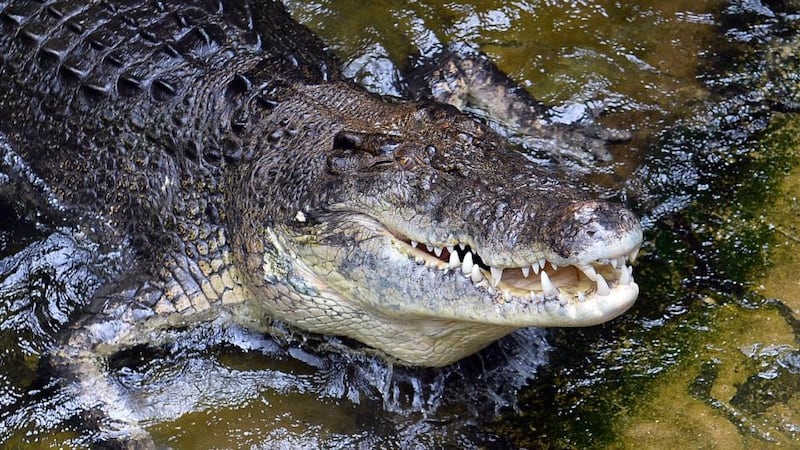Scientists have built the most comprehensive family tree for birds yet developed that traces them back right to the days of the dinosaurs.
Spanning 100 million years it tracks the "big bang" of bird evolution, when thousands of species arose after the dinosaurs went extinct 66 million years ago.
It shows how fierce meat eaters like the tyrannosaurs and the chicken-sized velociraptor contributed genes linked to the emergence of modern birds.

This is a tree of life like no other, given the level of detail involved. It took four years of research, the use of nine supercomputers and the work of two hundred scientists in 80 institutions in 20 different countries.
The research was carried out under the Avian Phylogenomics Project, led by scientists from the Beijing Genomics Institute along with scientists in Denmark and the US.
The result is the full genomes or genetic blueprints of 48 avian species from turkeys and chickens to eagles and owls. Genetic oddities such as the flamingo and two species of penguins were sequenced, but the net was thrown even wider.
Genomes were collected from alligators, crocodiles and the Indian gharial because these reptilians represent the closest living relatives to birds.
The link from dinosaurs to birds seems impossible but these animals help make the link and at least look more the part given their ancestry.
The computers were used to process and compare all the genetic information, using the genes found in modern birds to work backwards towards earlier species.
This established technique revealed for example that the the earliest common ancestor of land birds, including parrots, songbirds, hawks and eagles, was a top level predator.
The massive collaborative effort ranged across a number of areas, looking for example at how birds gradually lost their teeth over time, how they learned to sing and take to the air with such ease.
Familial relationships
The work also helped sort out the familial relationships between hawks and crows, ducks and woodpeckers as the branches of their family tree converged to a common ancestor.
Birds are the most species-rich class of four-limbed vertebrates on the planet. The birds we see started to evolve quickly after the dinosaurs were wiped out when a giant asteroid smashed into Earth, leaving behind only a few avian dinosaurs from which modern birds evolved.
A human genome was also used in the comparison, showing for instance that birds use similar brain wiring for song as we do for speech, the study found.
The research from all these centres flowed into 23 scientific papers, with eight of them published in Science. Others were published in GigaScience, BioMed Central titles Genomics and Evolutionary Biology and Genome Biology.









